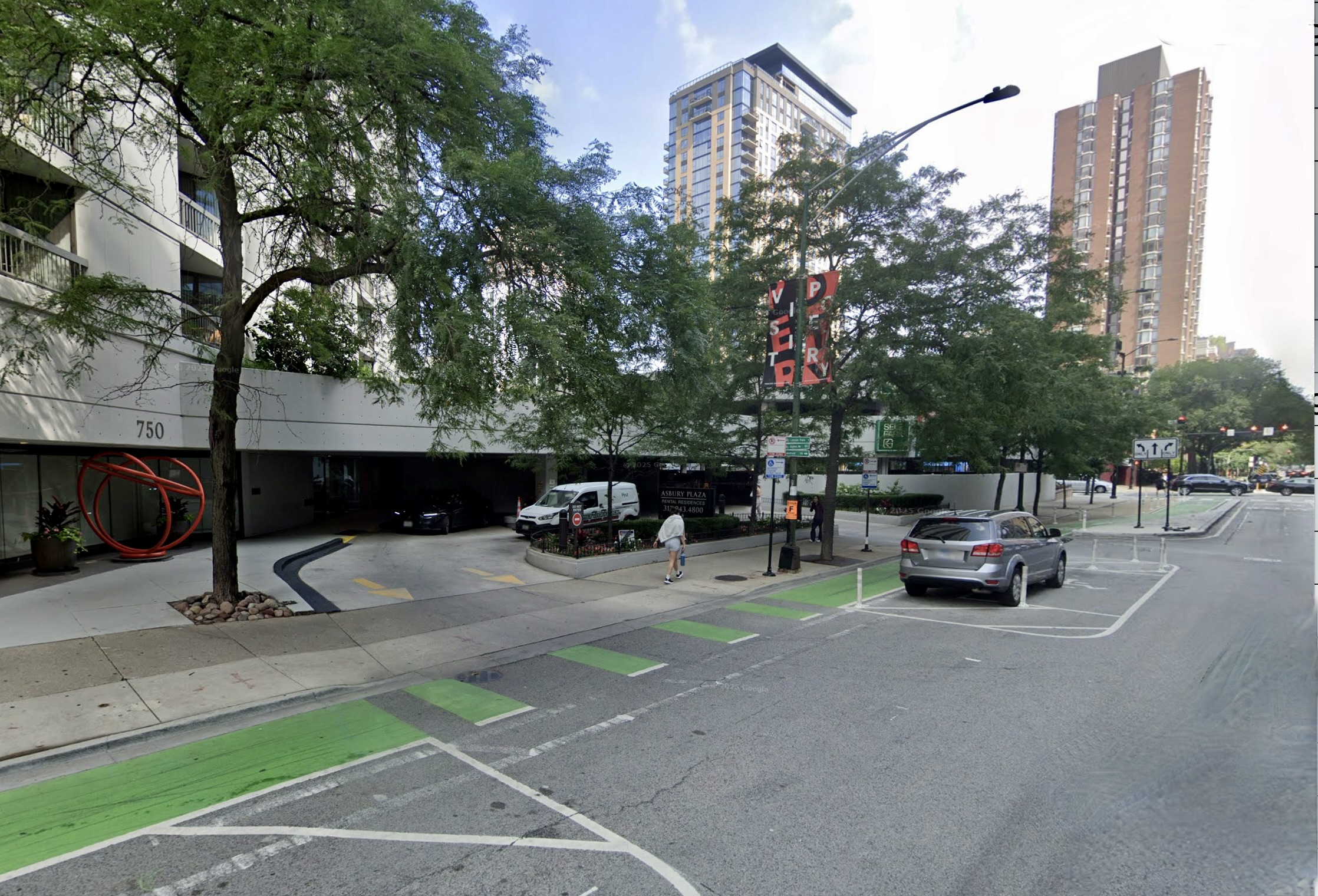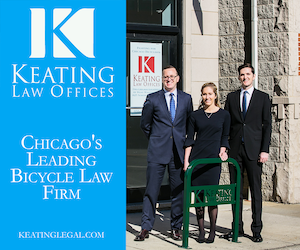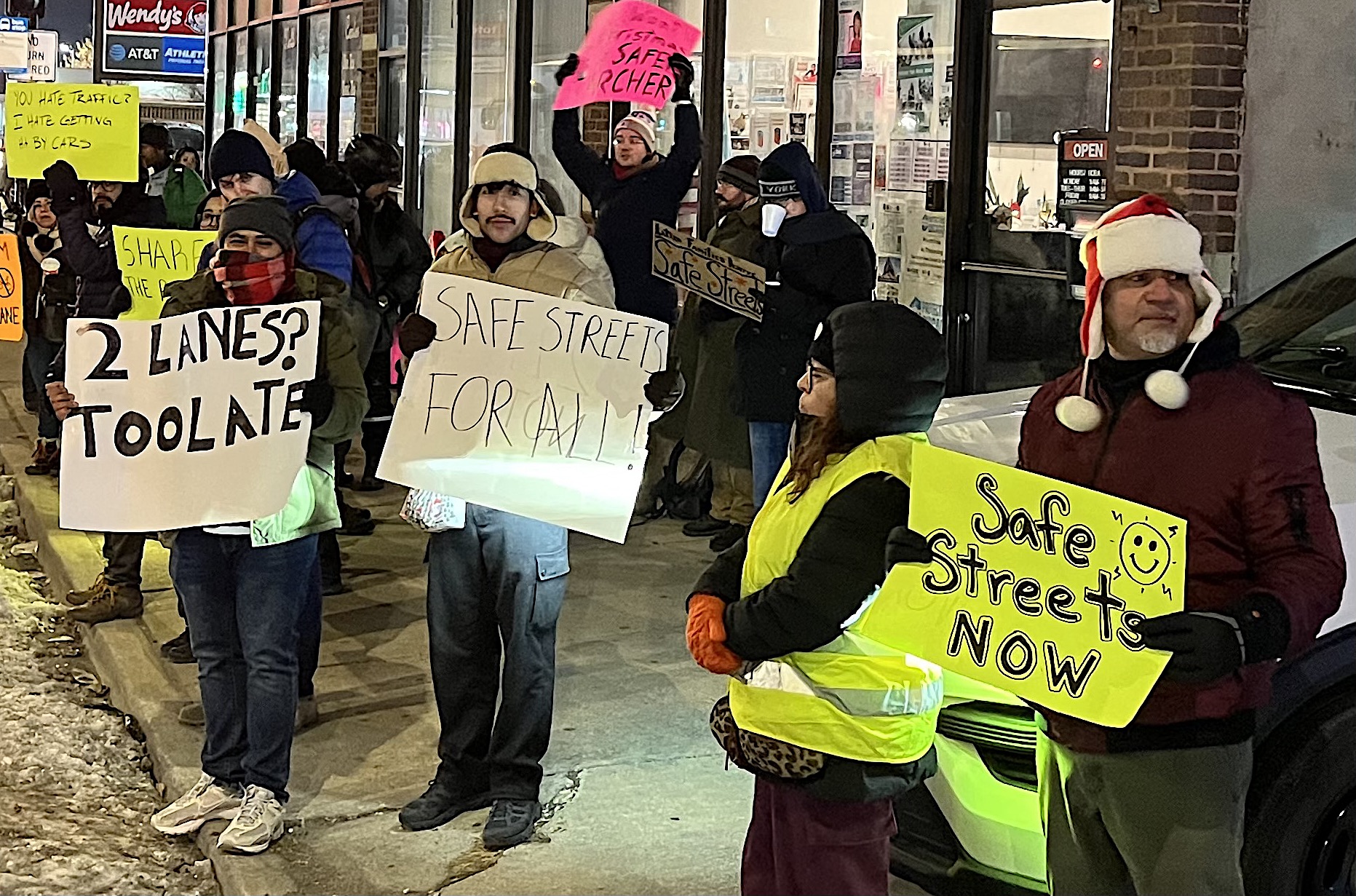Legend Jenkins just wanted to walk to the grocery store with his older brother. But he never made it home. The seven-year-old stepped off a median this spring and was struck by an SUV driver near his home in North Carolina.
Now, in a gut-punch of government and accountability failures, his parents are being charged with child endangerment (a felony) for allowing him to make the short walk with his 10-year-old brother.
Long-time safe streets advocate Nicole Gilenas has an investigation of the case in the New York Times this week which is inspiring a lot of justified outrage about overzealous prosecution and street design failures, as well as the creeping criminalization of normal parenting decisions.
Adding to insult, her excellent reporting highlighted some of the more insidious and subtle norms in how these incidents are described and who is typically blamed. One line in Gilena’s article particularly struck me: "The driver, a 76-year-old woman, said she did not see him until he darted in front of her vehicle, the police report notes." (Emphasis mine.)
That particular verb "darted" has always troubled me, as a former reporter myself. We rarely see this verb used in any situations except to describe pedestrian behavior right before they are struck by a driver.
It’s not that I believe pedestrians or cyclists never contribute to crashes with their behavior. But I think police and the media should be more cautious about using these kind of loaded expressions, which carry not-too-subtle insinuations about blame and accountability. This is especially important in cases involving children, I believe.
It’s likely we’ll never know for sure what happened in the moments before Jenkins was struck. The other key witnesses are – most likely – a 10-year-old who is likely deeply traumatized and the woman who struck him (who has a straightforward self-interest in presenting herself as the innocent or aggrieved party).

It doesn’t help that, cases like this (and particularly when the crash is not fatal) are typically not thoroughly investigated. Traffic crashes, even hit-and-run cases where the driver committed a felony, have been – fairly or not – subordinated to other categories kinds of investigations: homicides, robberies for example. In crashes involving bike riders and pedestrians, the nature of the crash itself can result in biased police reporting. Typically the pedestrian or cyclist is seriously injured and/or traumatized by the crash, and may not be able to provide his or her side of the story.
Given the difficulty of establishing a clear set of fact in these situations, it’s always surprised me that so many media reports about pedestrian crashes include this exact phrasing. According to Ken McLeod at the League of American Bicyclists, this convention — to describe a pedestrian as "darting" into traffic – is baked right into our national standards for how to report pedestrian deaths.
Police agencies are guided by an obscure document (outside law enforcement circles) called the Model Minimum Uniform Crash Criteria. Writing about this issue in 2023, McLeod explained how obscure conventions inside this document tilt the assignation of blame and accountability ever so consciously away from drivers and towards people on foot and bikes.
For example, the MMUCC instructs police to categorize a range of actions including "running, jogging or stumbling" as "dart(ing)/dash(ing)" into the road. McLeod points out that this produces some questionable assertions. For example, McLeod notes that between 2017 and 2021, federal data shows 150 elderly pedestrians (over age 75) were said to have been killed after "darting" or dashing" into the road.
Perhaps, as the data suggests, there are a high number of surprisingly fit and fast-moving older pedestrians out there on the roadway causing crashes with their swift movement. But it’s more likely McLeod writes that they may have stumbled, or there is some other explanation. In other cases, pedestrians may be accused of "darting" or "dashing" when they are running to avoid being struck by a car or doing something like jogging to catch the bus.
The League of American Bicyclists called on the National Highway Traffic Safety Administration (which administers the MMUCC) to correct these kinds of examples of "victim blaming people outside of vehicles for crashes while excusing the actions of drivers." Unfortunately those pleas were mostly ignored, he reports. The next chance the public will have to weigh in on the MMUCC is in 2026 or 2027, he says.
As a former media professional who for years wrote about pedestrian crashes, last year I was hired to create a training course for media professionals on how to avoid "victim-blaming" pedestrians or cyclists when they are struck by a driver. I got to travel to Hawaii to teach media veterans how to avoid industry conventions like the one described above that may unfairly blame pedestrians and cyclists when they are struck by a motorist. There are many more examples of this kind of thing – for example the use of passive voice or avoiding naming the agent (the driver) with phrases "pedestrian struck by a car."
However, many media professionals responded that they were merely relying on the best information they had: police reports. And it’s true that these two institutions, law enforcement and the media, have a great deal of power in framing these incidents. It’s important for them to be conscious of how routine practices might obscure the facts in these cases and contribute to the trauma experienced by victims and their families.
Angie Schmitt is a Cleveland-based planning consultant and writer. She is the author of Right of Way: Race, Class and the Silent Epidemic of Pedestrian Deaths in America, which was published in 2020 by Island Press.

Do you appreciate Streetsblog Chicago's paywall-free reporting and advocacy on sustainable transportation and traffic safety issues? If you haven't already, please consider making a tax-deductible donation here to help us continue publishing in 2026. Thank you.





